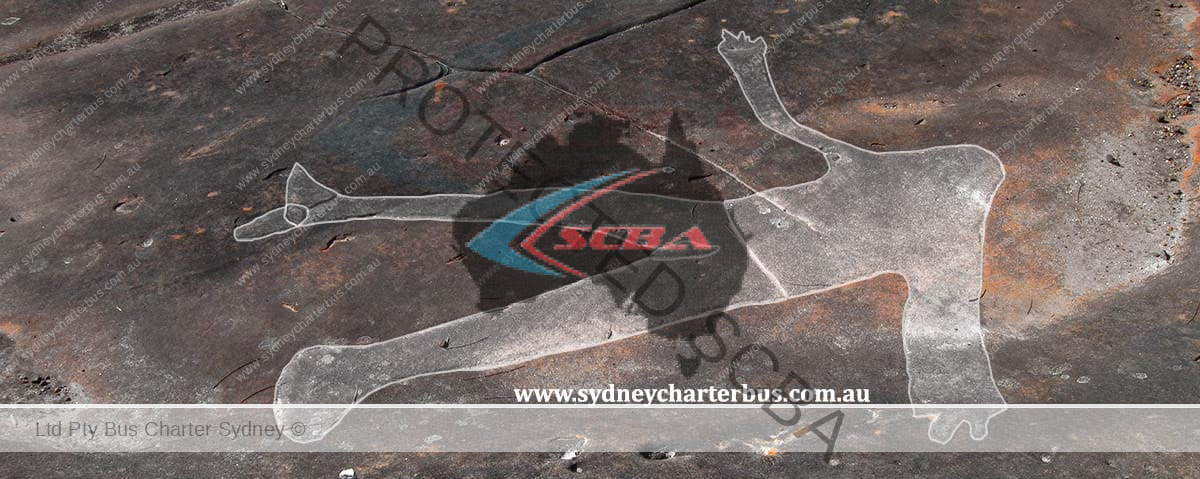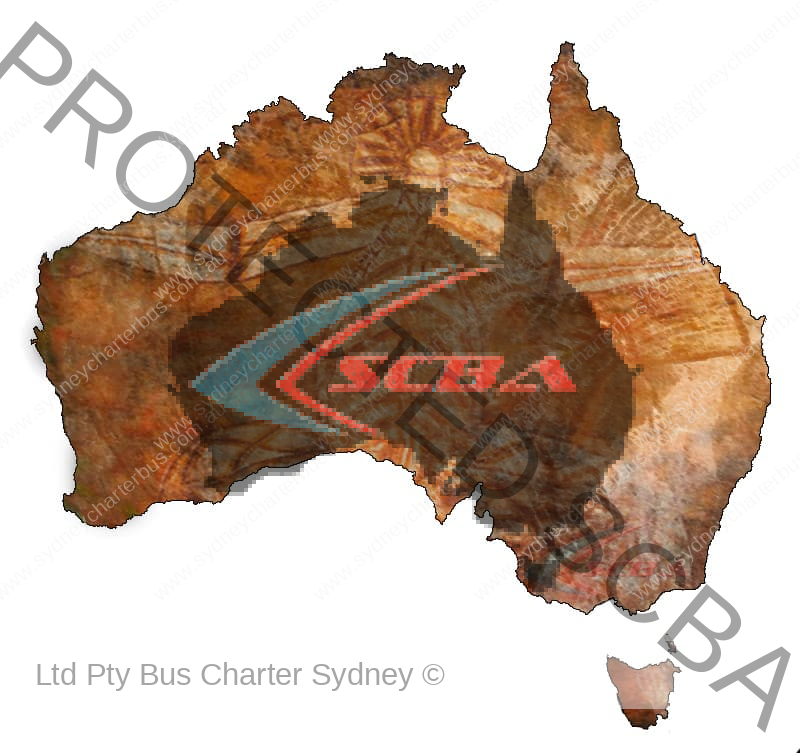Sydney Aboriginal Languages
Sydney Indigenous Languages

AUSTRALIA possesses a heritage of place names which pay tribute to the Aboriginal traditions, culture and language.
To many Australian’s and overseas visitors the names have a curious fascination, for they are unusual sounding but pleasant sounding to the ears.
It is a great tragedy that the meanings of so many place names have been lost and more so never recorded and documented. It is now too late.
Had there been a common tongue throughout Australia before European Settlement or even three or four languages then it would be possible to reconstruct the meanings even when the name’s origin has been lost. But there were more than 500 distinct dialects and sadly, many of these have never been recorded.
In Sydney, many of the translations have come from the imaginations of linguists which now form the accepted common translation for most native named places.
A deeper study of documents from the First Fleet’s records and diaries reveals many key words that make up so many place names throughout NSW. We are now delving deeper into the records and cross-referencing with bordering clans that have had a similar structure in key words and meanings.
It must also be remembered that many Aboriginal words had more than one meaning depending on the context of the sentence. A name will translate differently when a key word is being used as a suffix or a prefix and the same word may have a totally different meaning in bordering clans. Unless we know why the name was given we cannot claim any certainty in the translation.
We have to remember that the Aboriginals have inhabited this country for more than 60,000 years and in Sydney relics have been dated to over 12,000 years old.
Names of locations are of great antiquity, as the Aborigines of the time of European settlement were unable to provide an explanation or the translation was confused by trying to explain a meaning in English when they were only learning to speak English.
The naming of areas was named from the supplies available or plentiful, events that had occurred there or the physical features of the landscape. Some of these areas were named perhaps hundreds of years from an event or food source that has since no longer available.
Sydney Charter Bus Australia’s historian and Aboriginal language specialist has been translating place names and meaning, studying the Sydney Aboriginal language and Australian history for over 10 years and specialising in Sydney Aboriginal language translations.
Our historian and language specialist is working on a book about the Aboriginal language and a fresh look at the Sydney Aboriginal place name translations.
When I hear or read a translation for a suburb it sometime annoys me at the blatant guess work and accepted translation of an Aboriginal word. As similar sounding words have different meanings from other clans it has generally been accepted as the literal translation.
I read one book in a Sydney library about the traditional name given to Mosman was Goranbullagong and it was translated as Black Cockatoo sitting on a woomera. The name comes from ‘goran’ or ‘gohran’ (long or tall) ‘bulla’ (two) and ‘gong’ (stream or creek). The translation becomes obvious. Adding the word twice emphasises the meaning. Some translations require a bit of imagination. The word ‘curramurra’ means drowning; curra (rocks) murra (hands or fingers) so translating it as ‘stonehands’ as to imply being weighed down and not being able staying afloat.
So many place names are not even Sydney based language but a name brought back from some trip up north, south or inland and the name given to a street or suburb.
We also have to remember that what the name is now is not necessarily the name that was given to it by its traditional owners but a corruption of a word and even a mispronunciation that has stuck and is now in use.
Many Aboriginal place names had been given the name perhaps hundreds or a thousand years ago and does not represent what’s in the actual area but an event that had taken place but usually the names are based around food and water sources.
Some words (like most languages) have 2 or more meanings depending on its context and where it is used in the sentence.
The example I will use is a common word;
‘Narra’ pronounced
‘Ngarra with the ‘ng’ as in king or song;
Ngarra (adj) twisted or knotted
Ngarra- (verb) to tie (prefix)
Ngarra (n) birds nest *note the twisting and knotting references
Ngarra- (adj) confused (prefix)
Ngarra – (-adverb) together or in your company
CLAN
LANGUAGE GROUP
LOCATION
Cadigal
Wangal
Burramattagal
Wullumattagal
Muruoradial
Kameygal
Birrabirragal
Borogegal
Bediagal
Bidjigal
Toogagal
Cabrogal
Boorooberongal
Cannemegal
Gomerigal
Muringong
Cattai
Kurrajong
Boolbainora
Mulgoa
Terramerragal
Cammeraigal
Carigal
Cannalgal
Gorualgal
Kayimai
Gweagal
Norongerragal
Illawarragal
Threawal
Tagary
Wandeandegal
Oryangora
Goorungurragal
Eora
”
”
”
”
”
”
”
Dharug
”
”
”
”
”
”
”
”
”
”
”
Kuringal
”
”
”
”
”
Dharawal
”
”
”
”
”
”
“
Sydney
Concord
Parramatta
Ryde
Maroubra
Botany Bay
Sydney Hbr
Bradleys Head
Bankstown
Castle Hill
Toongabbie
Cabramatta
Richmond
Prospect
Blacktown
Camden
Windsor
Kurrajong
Wentworthville
Penrith
Turramurra
Cammeray
West head
Narrabeen
Fig Tree Point
Manly
Kurnell
Jannali
Wollongong
Bong Bong
Waterfall
Scarborough
Bulli
Corrimal
Original composition © by Colin Christian

